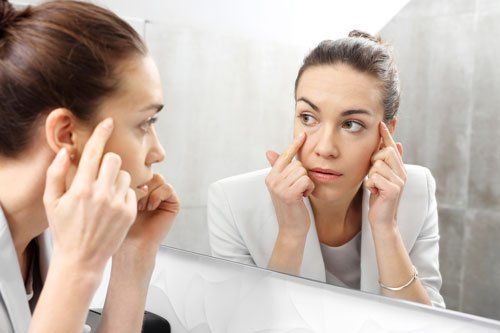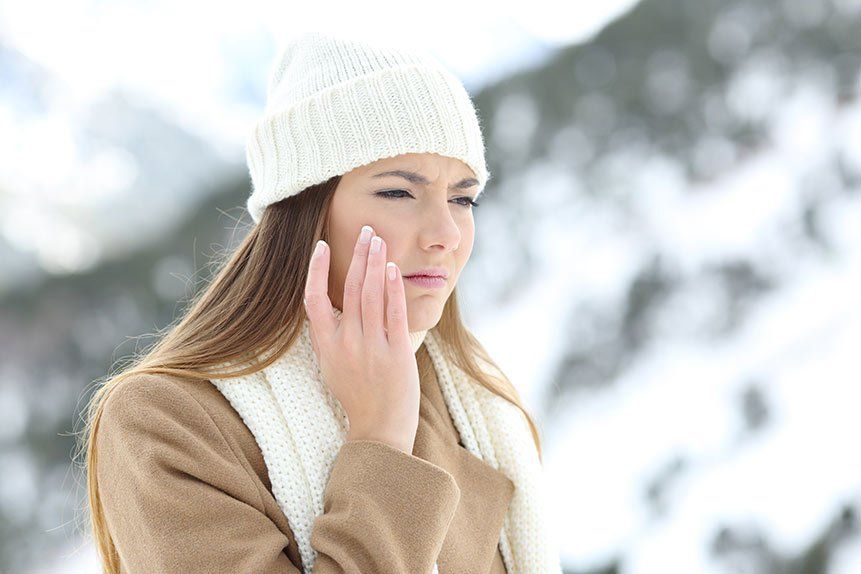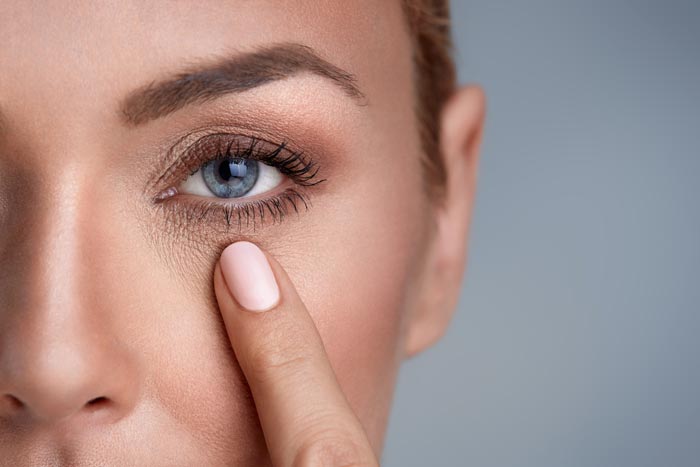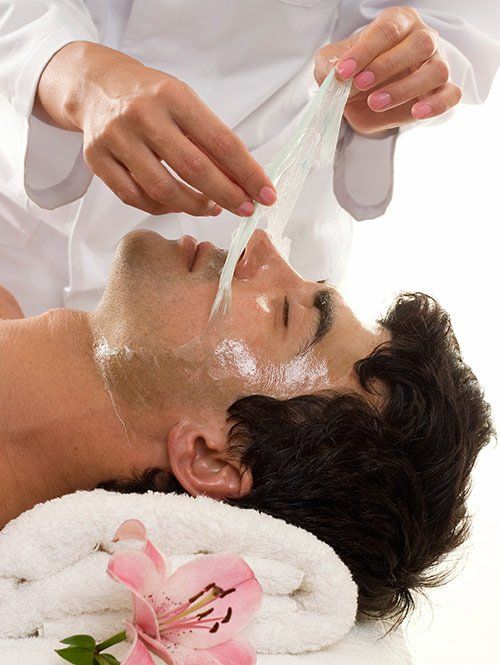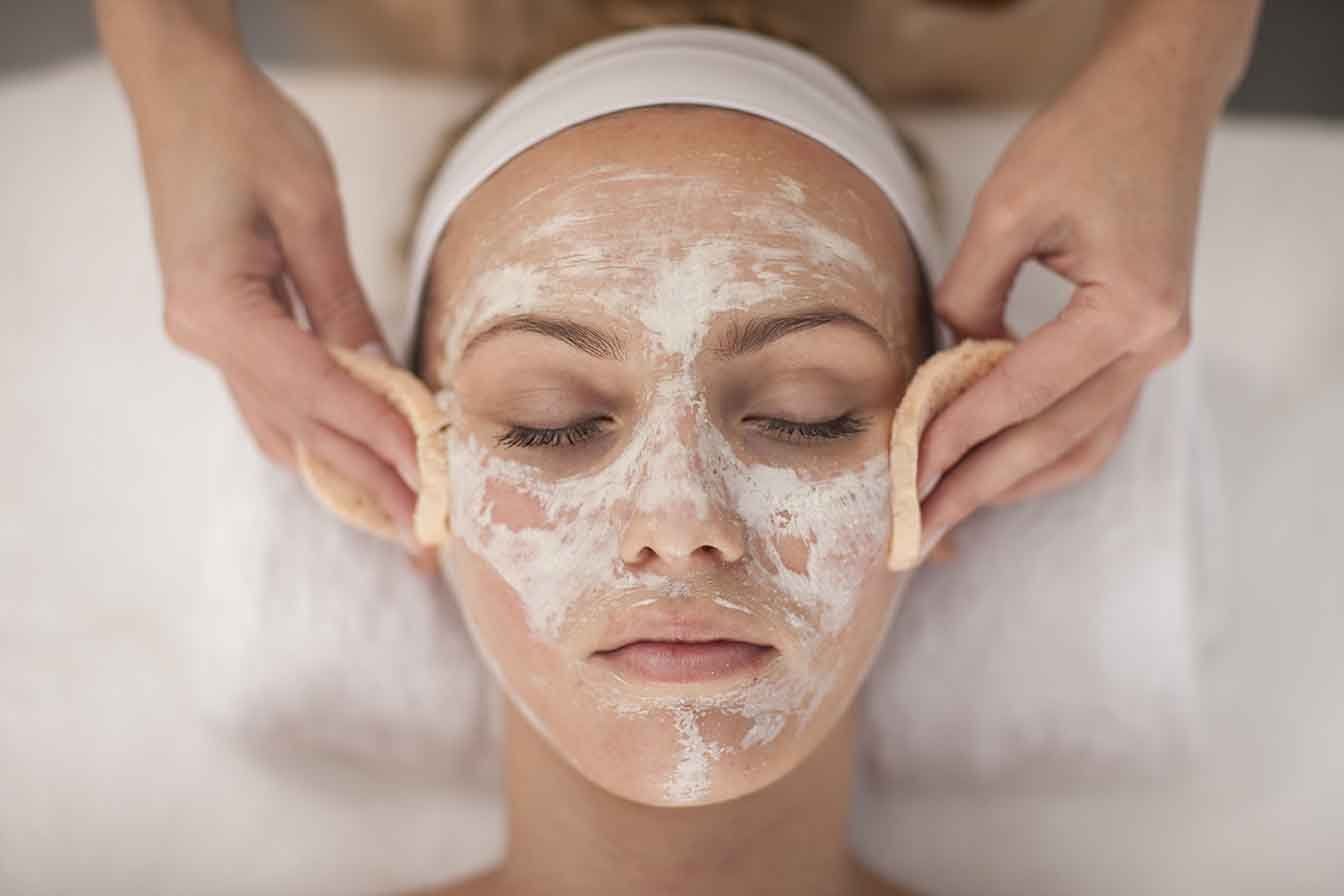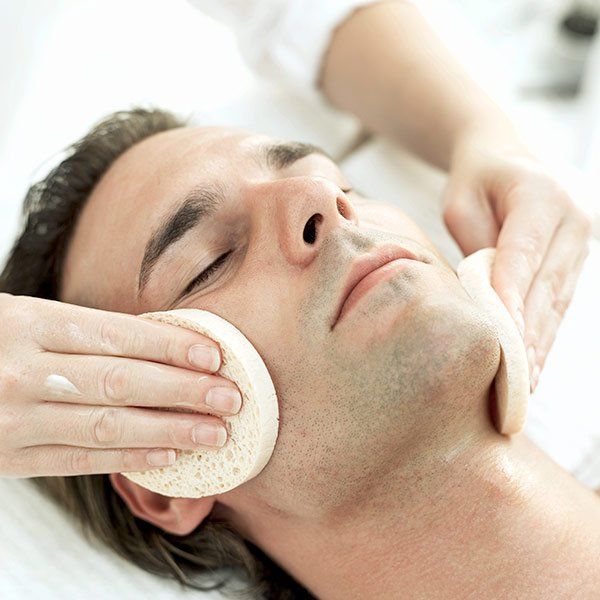
Polymorphous Light Eruption (PMLE) is a sensitivity to the sun, commonly referred to as a sun allergy. In sensitive individuals, this photosensitivity causes a red and itchy rash, typically on the neck and upper chest, limbs and anywhere the skin is exposed to direct sunlight. It often occurs during spring and summer and may be treated at home or by skin care specialists, such as those located at the Dermatology Center of Wellington.
Here's what you need to know about PMLE:
Learn Who Is Most Commonly Affected
This condition may affect both children and adults of either gender, and all races and skin types. However, it is most commonly seen in women young and middle aged women. Caucasian or fair skinned individuals seem to be most prone. It is said that sun allergies affect up to 20 percent of the entire worldwide population.
Recognize the Symptoms of PMLE
When affected by this issue, you may notice several symptoms, ranging from very mild to more severe. If you believe you may have this condition, be alerted to the more common symptoms such as:
Learn Who Is Most Commonly Affected
This condition may affect both children and adults of either gender, and all races and skin types. However, it is most commonly seen in women young and middle aged women. Caucasian or fair skinned individuals seem to be most prone. It is said that sun allergies affect up to 20 percent of the entire worldwide population.
Recognize the Symptoms of PMLE
When affected by this issue, you may notice several symptoms, ranging from very mild to more severe. If you believe you may have this condition, be alerted to the more common symptoms such as:
- A burning sensation on the affected area or areas of the skin
- Itching, which may range from mild or moderate to severe
- A red rash or welts on the affected area
- Blisters in more severe cases
- Pinpoint papules or lesions
Dermatitis (flaky and dry patches of skin)
Learn How to Prevent Recurring Symptoms
While you may not be able to completely prevent all symptoms of this photosensitivity skin issue, you may be able to control it or prevent the eruptions from recurring. The best course of prevention is to avoid direct contact with the sun. This may not always be possible, but you should reduce your exposure as much as possible. For starters stay in the shade when outdoors and always use sunscreen to exposed skin.
Those with sensitivity to the sun should also cover up by wearing long sleeves and long pants whenever possible. You might also wear a wide brimmed hat when venturing outdoors.
You may also want to alter your lifestyle a bit as well. This may include being mindful of exposing your hands and arms to sunlight, which may enter through car windows as you ride in the car. Sitting under a beach umbrella and wearing cover-ups at the beach is another good idea.
Discover the Best Course of Treatment for Your Symptoms
If you are experiencing symptoms that have caused much discomfort and seems to reoccur, you might need to be treated by a dermatologist. However, he or she will need to make a conclusive diagnosis before recommending a treatment plan. If you have experienced severe symptoms such as blistering and hives, a skin biopsy may be performed.
Once a diagnosis of PMLE has been determined by your doctor, you may be told to try a few at-home remedies or treatments. This may include the use of a cool compress to the affected area or the use of over-the-counter antihistamines to reduce the inflammation. Itchy skin may be relieved by the use of topical anti-itch creams or lotions.
If the above mentioned home remedies do not provide relief, the doctor may prescribe a full-strength antihistamine or oral steroids. These may reduce inflammation. If your skin becomes infected, you may need to be given prescription antibiotics.
As a final recommendation, you should recognize the symptoms of an infection due to this condition. Although considered rare, your skin may become infected if you scratch the affected areas and break the skin. Signs of an infection include oozing, drainage or pus from the area, fever and chills, as well as pain and redness. If this occurs, see your dermatologist at once.
Learn How to Prevent Recurring Symptoms
While you may not be able to completely prevent all symptoms of this photosensitivity skin issue, you may be able to control it or prevent the eruptions from recurring. The best course of prevention is to avoid direct contact with the sun. This may not always be possible, but you should reduce your exposure as much as possible. For starters stay in the shade when outdoors and always use sunscreen to exposed skin.
Those with sensitivity to the sun should also cover up by wearing long sleeves and long pants whenever possible. You might also wear a wide brimmed hat when venturing outdoors.
You may also want to alter your lifestyle a bit as well. This may include being mindful of exposing your hands and arms to sunlight, which may enter through car windows as you ride in the car. Sitting under a beach umbrella and wearing cover-ups at the beach is another good idea.
Discover the Best Course of Treatment for Your Symptoms
If you are experiencing symptoms that have caused much discomfort and seems to reoccur, you might need to be treated by a dermatologist. However, he or she will need to make a conclusive diagnosis before recommending a treatment plan. If you have experienced severe symptoms such as blistering and hives, a skin biopsy may be performed.
Once a diagnosis of PMLE has been determined by your doctor, you may be told to try a few at-home remedies or treatments. This may include the use of a cool compress to the affected area or the use of over-the-counter antihistamines to reduce the inflammation. Itchy skin may be relieved by the use of topical anti-itch creams or lotions.
If the above mentioned home remedies do not provide relief, the doctor may prescribe a full-strength antihistamine or oral steroids. These may reduce inflammation. If your skin becomes infected, you may need to be given prescription antibiotics.
As a final recommendation, you should recognize the symptoms of an infection due to this condition. Although considered rare, your skin may become infected if you scratch the affected areas and break the skin. Signs of an infection include oozing, drainage or pus from the area, fever and chills, as well as pain and redness. If this occurs, see your dermatologist at once.

